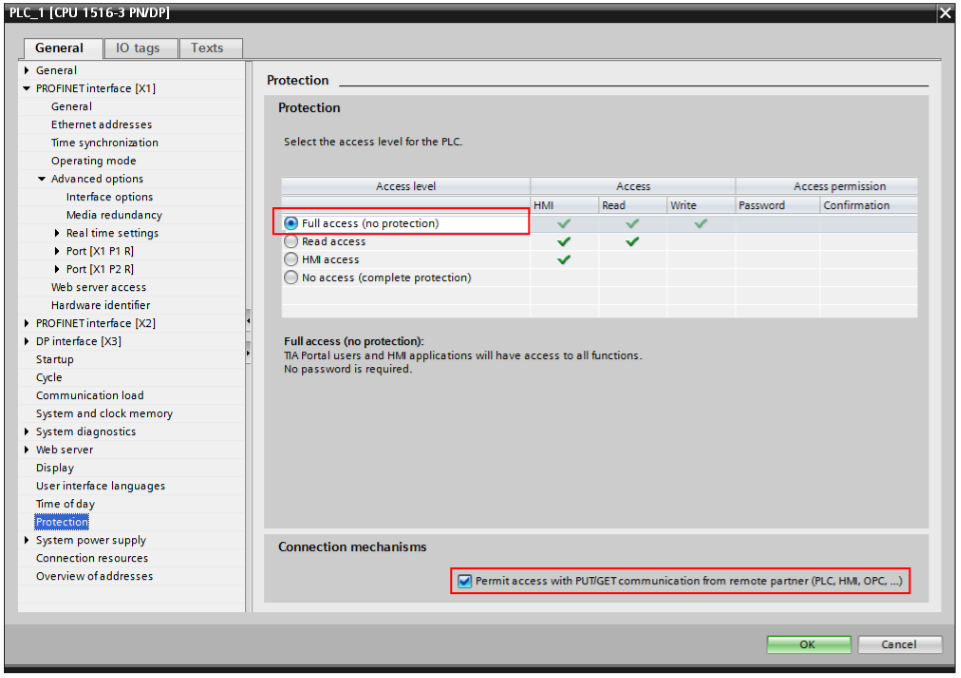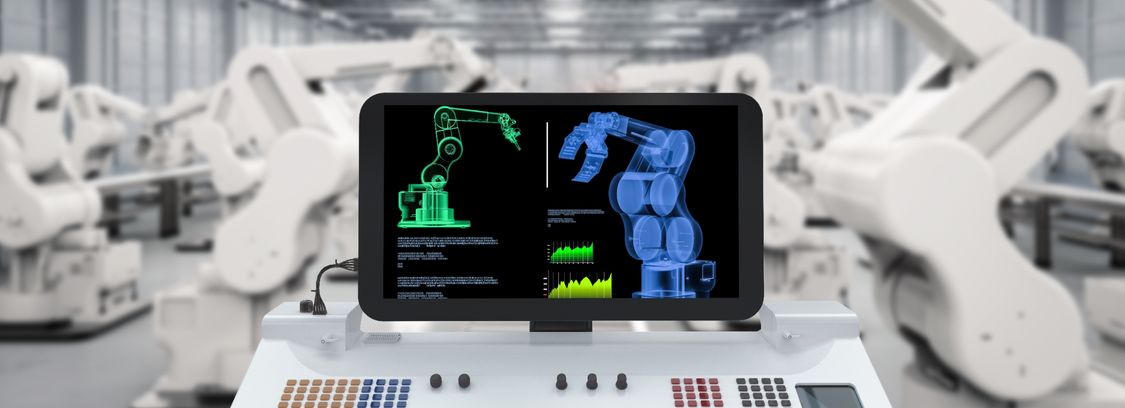
The number of data items found in a controller varies with the controller. IW502 is the 502nd Input Word in the data table while Q10 is the tenth Output Bit. Here is the list of typically supported data types for a Siemens PLC: INPUT BIT (I)Įlements of a data table are accessed by combining the mnemonic for the type with the offset into the data table for that type. The available types vary slightly from controller to controller while the number of data items is vastly different throughout the SIMATIC line. In the Siemens world, a data table is constructed from a set of defined types.

Every time you move from one PLC to another you have to learn the mnemonics of how the next controller structures its data table. One of the keys to interoperability between different controller manufacturers is the data table organization.Įvery Programmable Controller vendor does this differently and it’s been a nightmare since day one.
#SIEMENS SIMATIC S7 300 REAL TIME MACHINE MONITORING PC#
You can get micro controllers, classic Programmable Controllers, PC Controllers, integrated HMI Controllers and Embedded controllers. The SIMATIC portfolio ranges from small controllers for simple logic tasks to highly complex system solutions. Trying to describe the Siemens line of controllers (SIMATIC) is like a quick summary of the birds that visit the feeders in my back yard there are some that show up every day but you can count on something new every day too. It does a brief review of the technology as it exists in 2013, and describes the tools that connect the controllers of these two main companies. This paper focuses on the different ways to make that kind of interoperability. Or the reverse might be true main machine control from Allen-Bradley controllers with sections of the machine controlled by Siemens PLCs. And a lot of the time now, the main controllers might be from Siemens while sections of the machine might use AB Controllers. Machine sections are bought and integrated based on specific features and characteristics. Machines have multiple sections sometimes with multiple controllers in each section. No longer is there one Programmable Controller and one vendor for a manufacturing system. The compression Rheostat company was renamed Allen-Bradley in 1909.Īfter engaging in many difficult market competitions over the years, the industry has changed. Allen and the forming of the Compression Rheostat Company in 1903. From that book, Lynde created a crude rheostat which later led to his partnership with Dr. That book and its description of how Carbon plates could be used for variable contact resistance changed Lynde’s life and led to the founding of Allen-Bradley. A schoolmate of Lynde Bradley in 1893, knowing of Lynde’s interest in electricity, brought the book “Electricity for Engineers” by Charles Desmond, to school one day. The Allen-Bradley (Rockwell) story is even more compelling. That extremely simple and reliable device led to the founding of Telegraphen-Bauanstalt von Siemens & Halske in October of 1847, the company that would later become what we know today as Siemens. From plating they moved on to build their own telegraph. Their first successful product, an electrolytic method for gold and silver plating, found great success in the 1840s and 1850s.

Two brothers Werner and Wilhelm von Siemens began product development in the early 19th century Germany. In no market was the fight more intense than for the automotive customers: GM Ford, Chrysler, Fiat and all the rest.īoth have incredibly engaging stories of rags to riches.

Both have fought each other tooth and nail for customers all over the world. Both have dominated their respective markets for years and years. Both are great companies employing vast armies of people and generating thousands of jobs at distributors, systems integrators and customers.

There are really no two bigger names in industrial automation than Siemens and Rockwell.


 0 kommentar(er)
0 kommentar(er)
